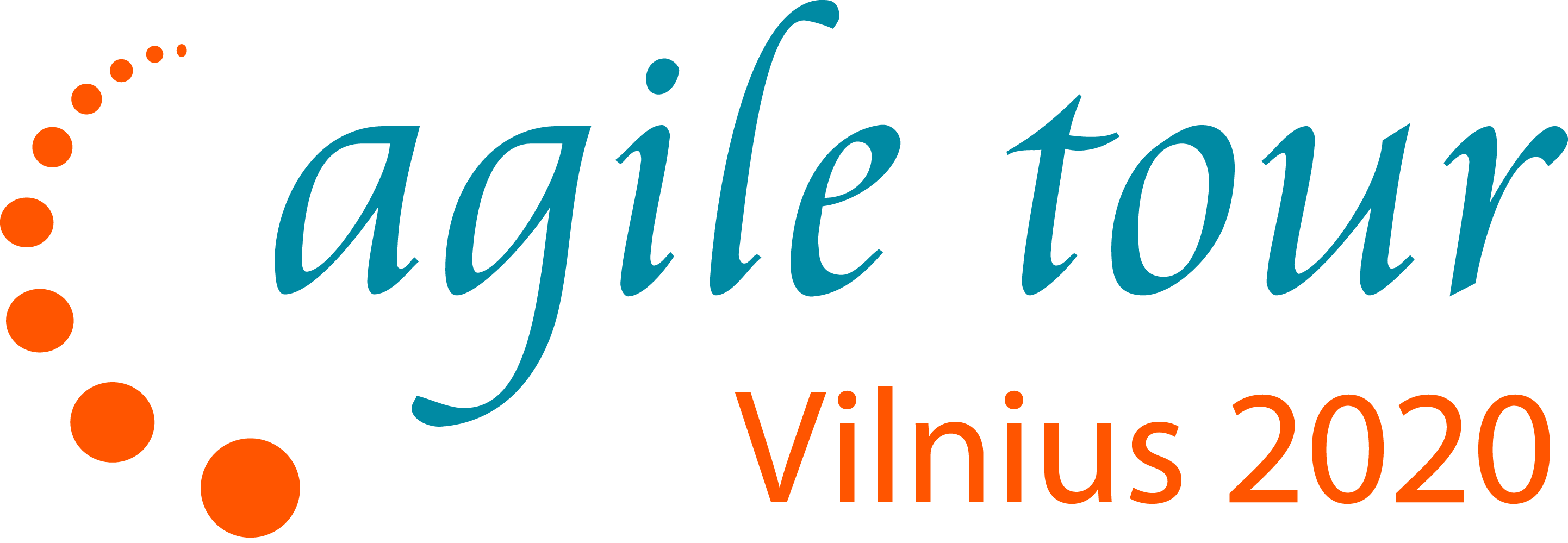
Tobias Goeschel
Tobias started his career as a freelance web developer in 1997, and has since worked on hundreds of projects in many roles, contexts, and industries. Having found a home as consultant, crafter and coach at codecentric in 2014, he strives to help customers to build and improve not only their product, but also how it is made.
He is a passionate advocate for collaborative work environments, knowledge sharing, and diversity, and a former co-organizer of SoCraTes Germany (https://socrates-conference.de). Tobias is very well known in the SoCraTes unconference community. He is a speaker and gives workshops at international conferences like DDD Europe, OOP Konferenz, kanDDDinsky, Lean Agile Scotland, Legacy of SoCraTes and lots of meetups and unconferences.
29th of October Day 2 - Track 2
I Have 99 Problems - Where Do I Start? The Theory of Constraints Applied
Your IT organization is surrounded by problems preventing it to satisfy market demand on time with the required quality. Where do you start?
35 years ago, Eliyahu Goldratt introduced the Theory of Constraints in his seminal book "The Goal" as a new management paradigm to running manufacturing plants. Back then, manufacturing plants had similar problems: The production work floor was surrounded by inventory, resulting in late deliveries having poor quality. The Theory of Constraints solved that problem for manufacturing by introducing the five focusing steps - a guideline to systematic improvement and continuous learning.
Today, the Theory of Constraints is one of the underlying foundations for the DevOps movement. It hasn't lost any of its potential for organizing thought, and as a driver for continuous improvement.
During this session, we will present the basic principles of the Theory of Constraints, and how it applies to the software industry. It will be a mix of theory, related stories and experiences, and practical advice applicable to the day-to-day work of an IT department.
Main takeaways:
Be able to understand the Theory of Constraints.
Be able to identify the constraint/bottleneck in the organization's value streams.
Understand the five focusing steps and how to use them to methodically improve overall performance
